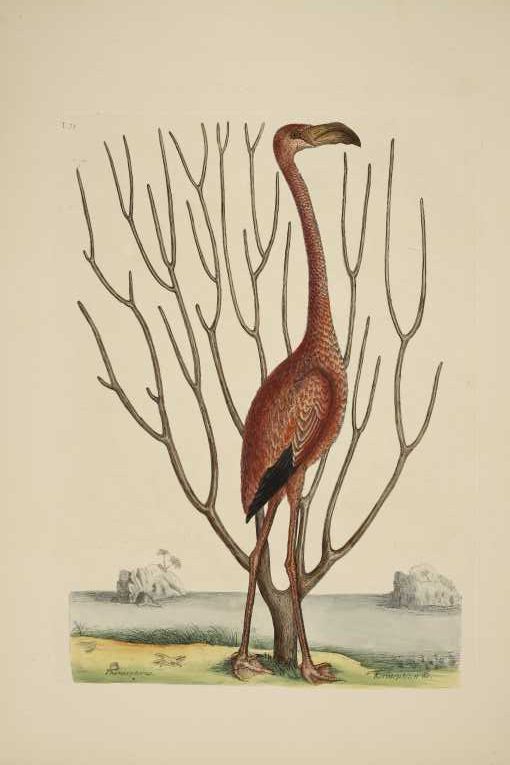Rare Maps and Prints
- World & Celestial
- North America
- West Indies, South & Central America
- British Isles
- British Isles
- English counties
- Large-scale
- Bedfordshire
- Berkshire
- Buckinghamshire
- Cambridgeshire
- Cheshire
- Cornwall
- Cumberland
- Derbyshire
- Devon
- Dorset
- Durham
- Essex
- Gloucestershire
- Hampshire
- Herefordshire
- Hertfordshire
- Huntingdonshire
- Islands
- Kent
- Lancashire
- Leicestershire
- Lincolnshire
- Middlesex
- Norfolk
- Northamptonshire
- Northumberland
- Nottinghamshire
- Oxfordshire
- Rutland
- Shropshire
- Somerset
- Staffordshire
- Suffolk
- Surrey
- Sussex
- Warwickshire
- Westmoreland
- Wiltshire
- Worcestershire
- Yorkshire
- Wales
- Scotland
- Ireland
- Western Europe
- Eastern Europe
- Middle East
- Africa
- Asia
- Australasia & Pacific
- Decorative Prints
- Title Pages
Mr. Philip D. Burden
P.O. Box 863,
Chalfont St. Giles, Bucks HP6 9HD,
UNITED KINGDOM
Tel: +44 (0) 1494 76 33 13
Email: enquiries@caburden.com
Mark Catesbys Natural History of Carolina, Florida and the Bahama Islands is the most famous colour plate book of American plant and animal life (Hunt), the first American colour plate book of flora and fauna and made a major contribution to the study of natural sciences. Mark Catesby (1683-1749) was born 24 March 1683 to John Catesby a lawyer and Elizabeth Jekyll, both of prominent families in Castle Hedingham, Essex. He studied natural science in London but otherwise had limited formal education. Perhaps influenced by Sir Hans Sloanes A Voyage to the Islands of Madera, Barbados, Nieves
published in 1707 and the presence of his sister in the American colonies he made the first of two trips 1712-19. He arrived on the 23 April 1712 and visited his sister Elizabeth Cocke in Williamsburg, Virginia, wife of Dr. William Cocke secretary to the Governor of the colony at the time. His position afforded Catesby numerous introductions to the prominent Americans of the day. He made a voyage to the West Indies in 1714 but otherwise remained in Virginia sending back seeds and on his return in 1719 carried back specimens to Sir Hans Sloane, President of the Royal Society and Dr William Sherard. His return to England and the samples he had supplied opened doors to sponsorship and encouragement for a second voyage this time with the purpose of a publication about the natural history of the southeast American colonies. His second voyage 1722-26 began on his arrival in Charleston in May 1722. He travelled through the Carolinas including Georgia as it would become in 1733, Florida and the Bahamas.



